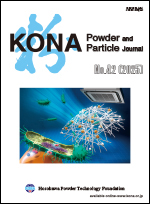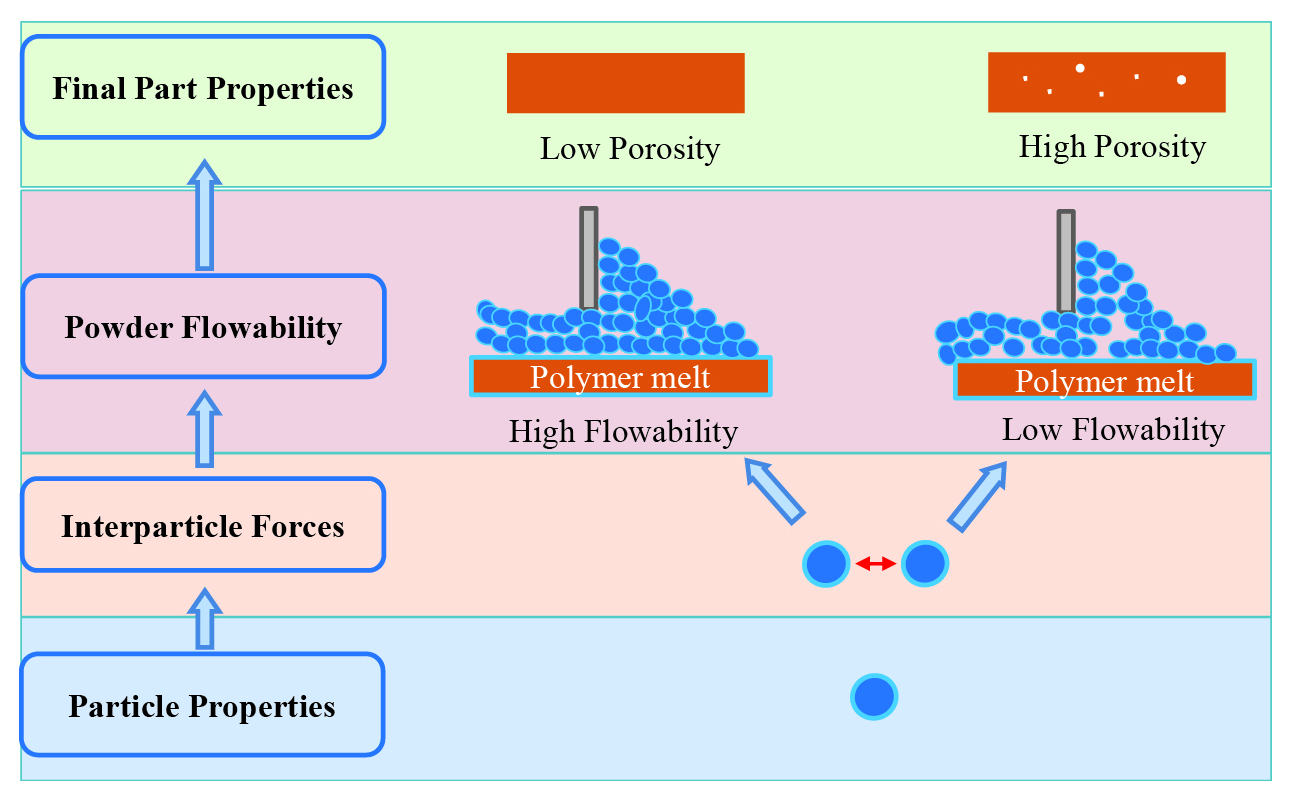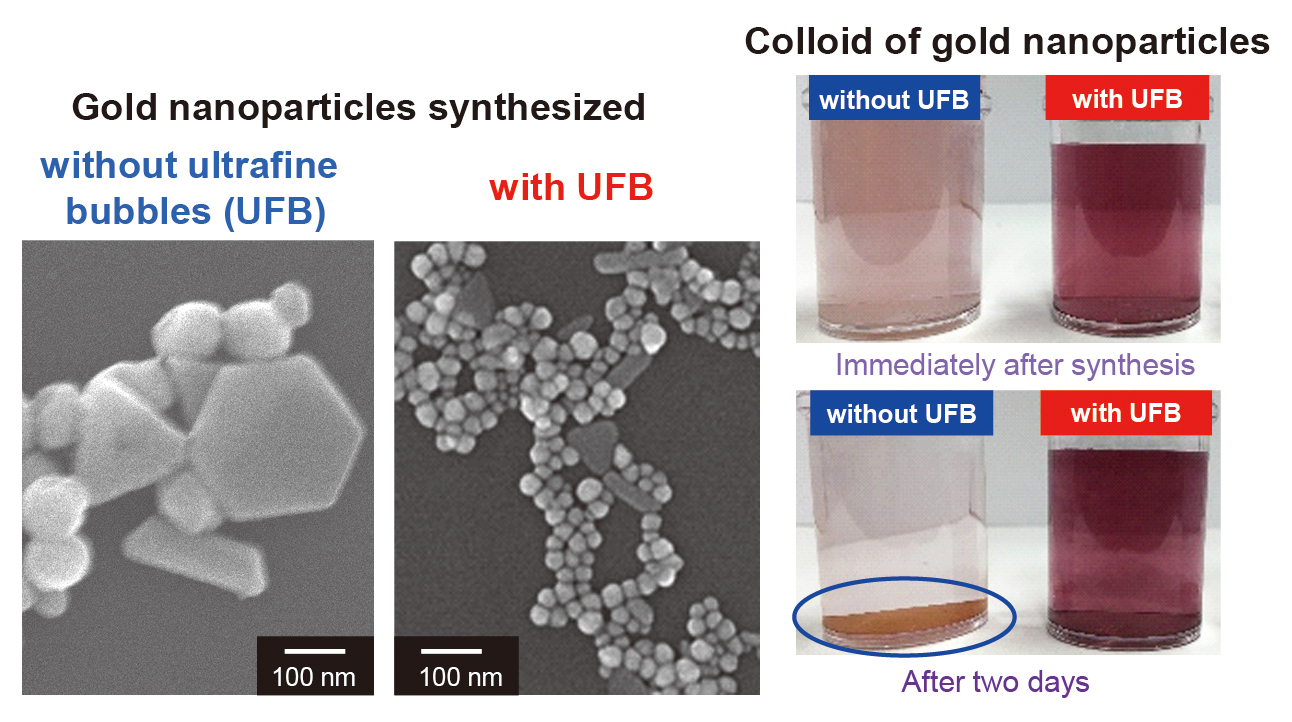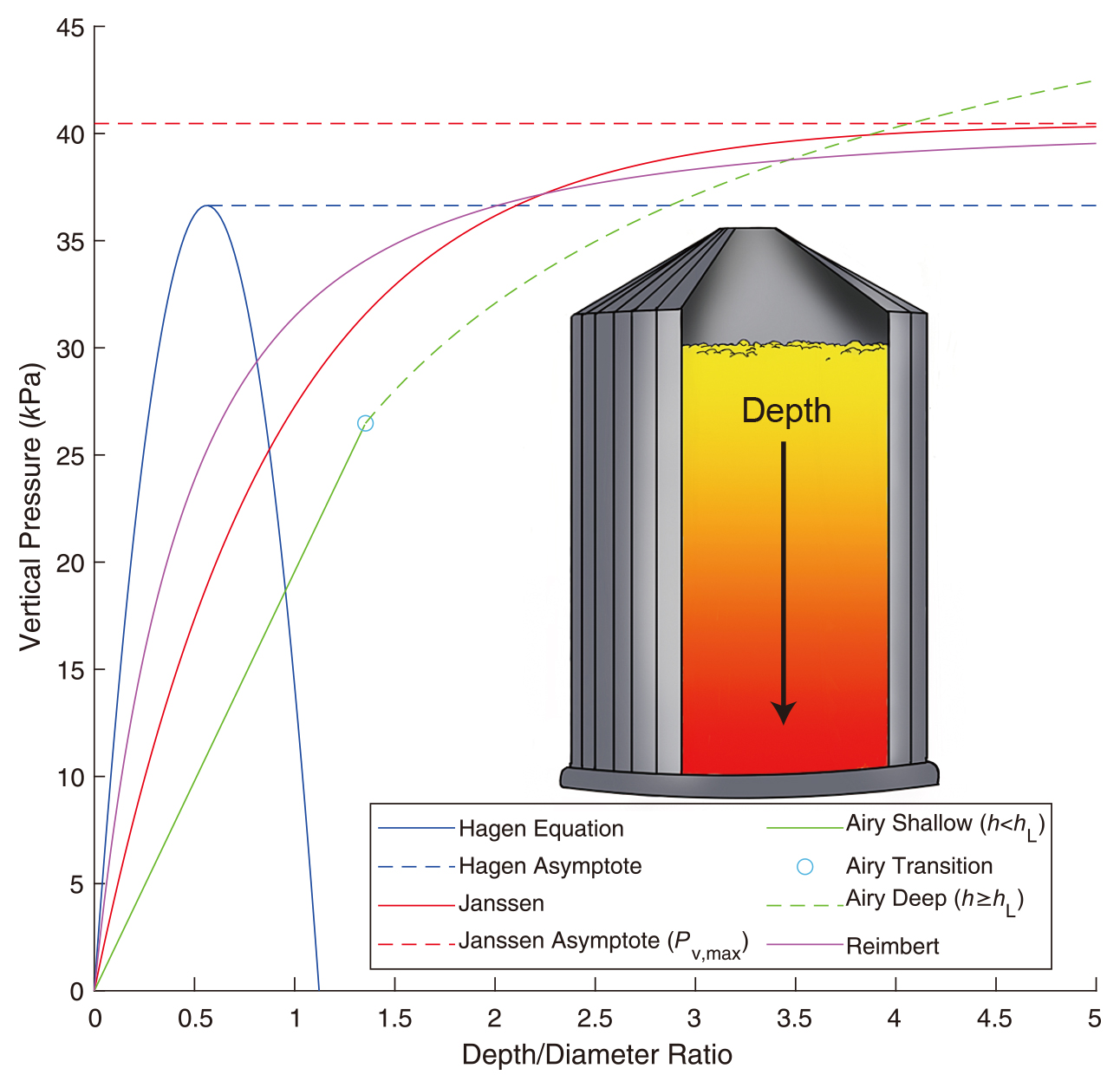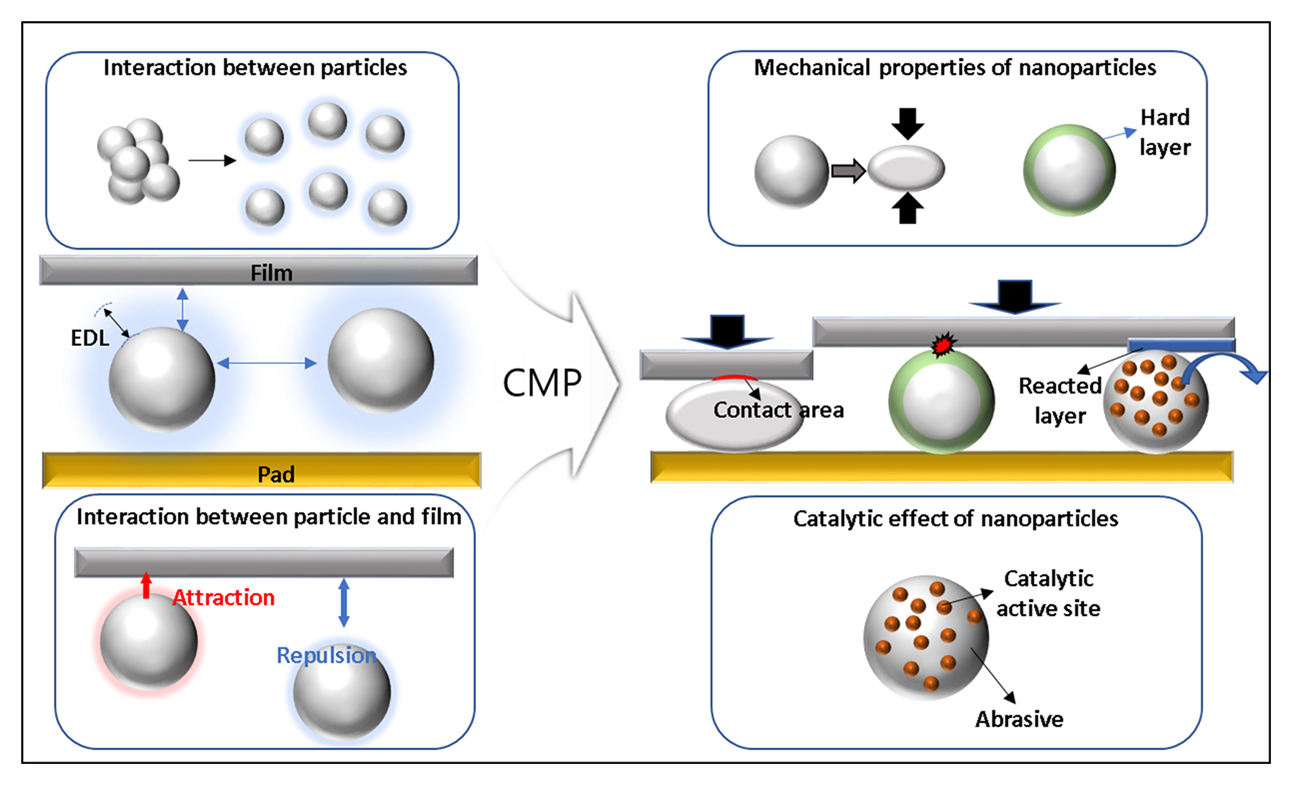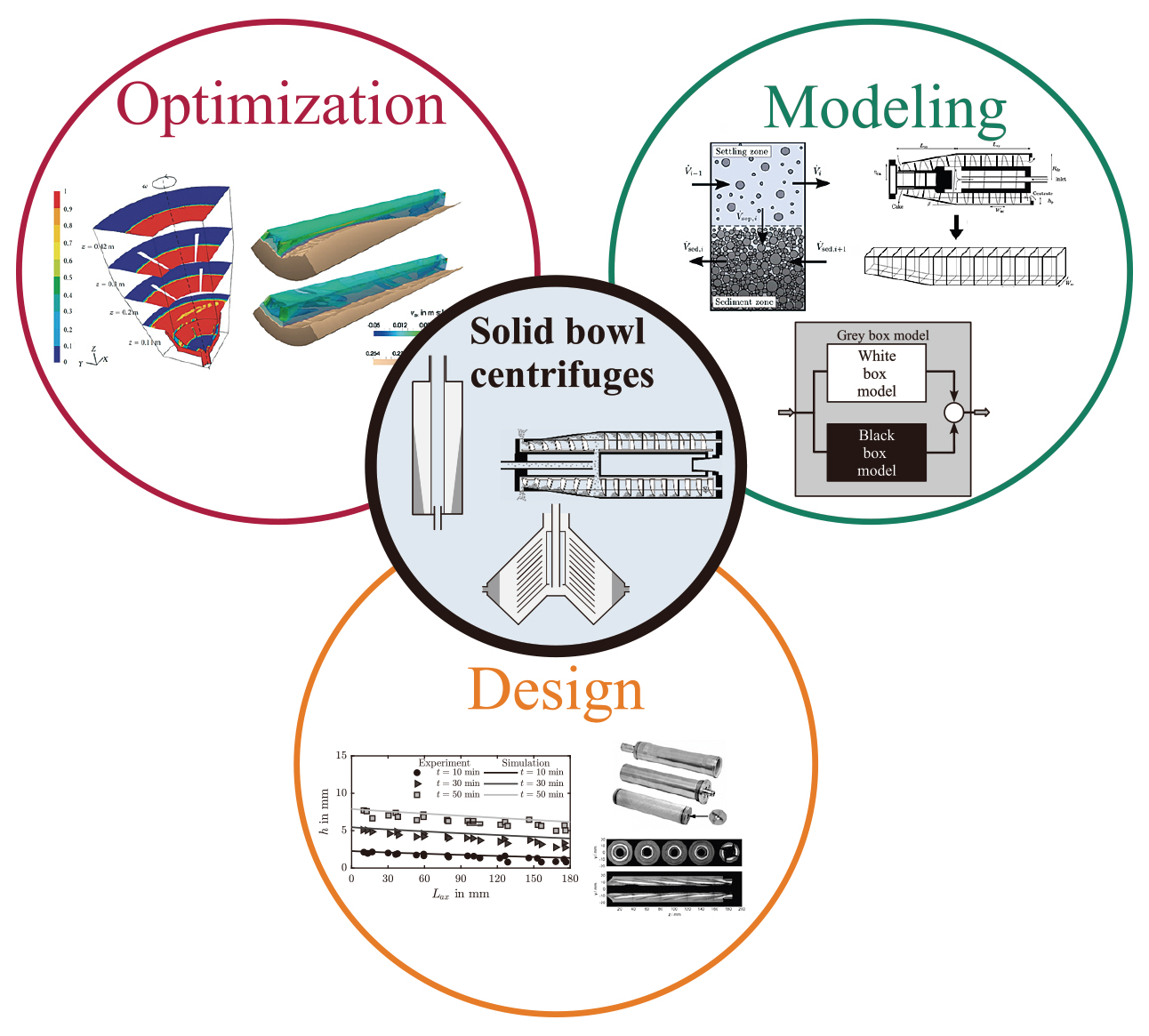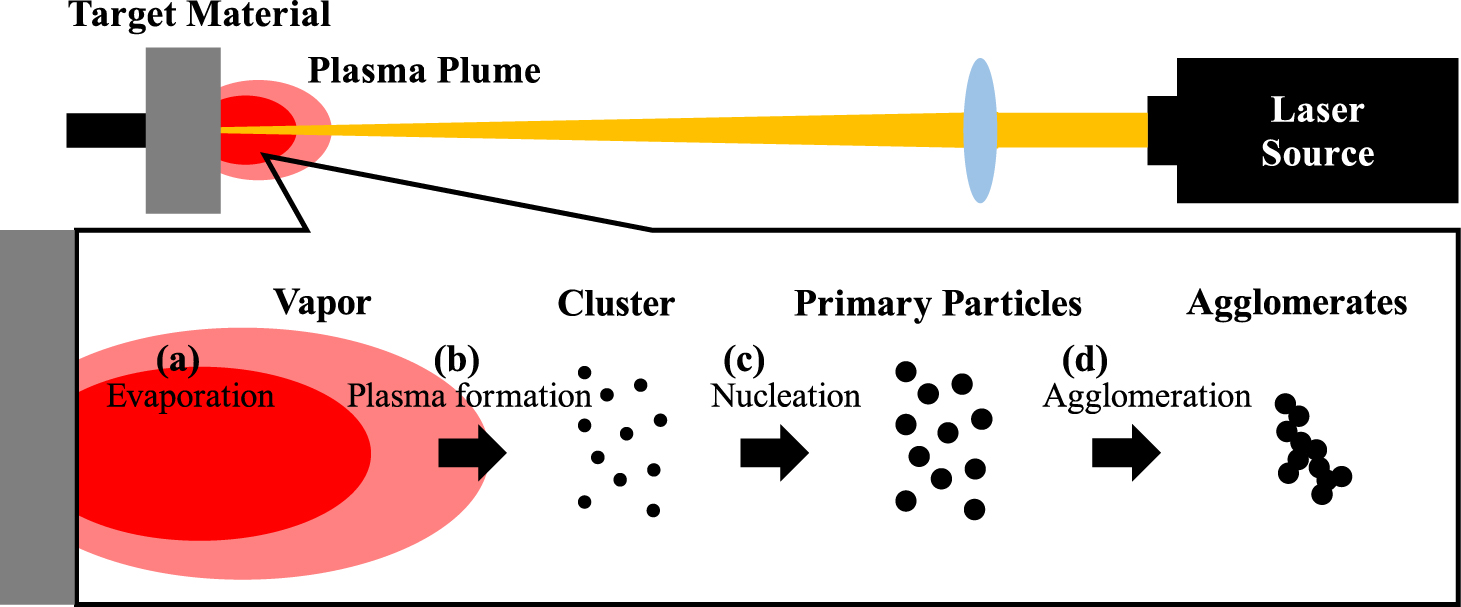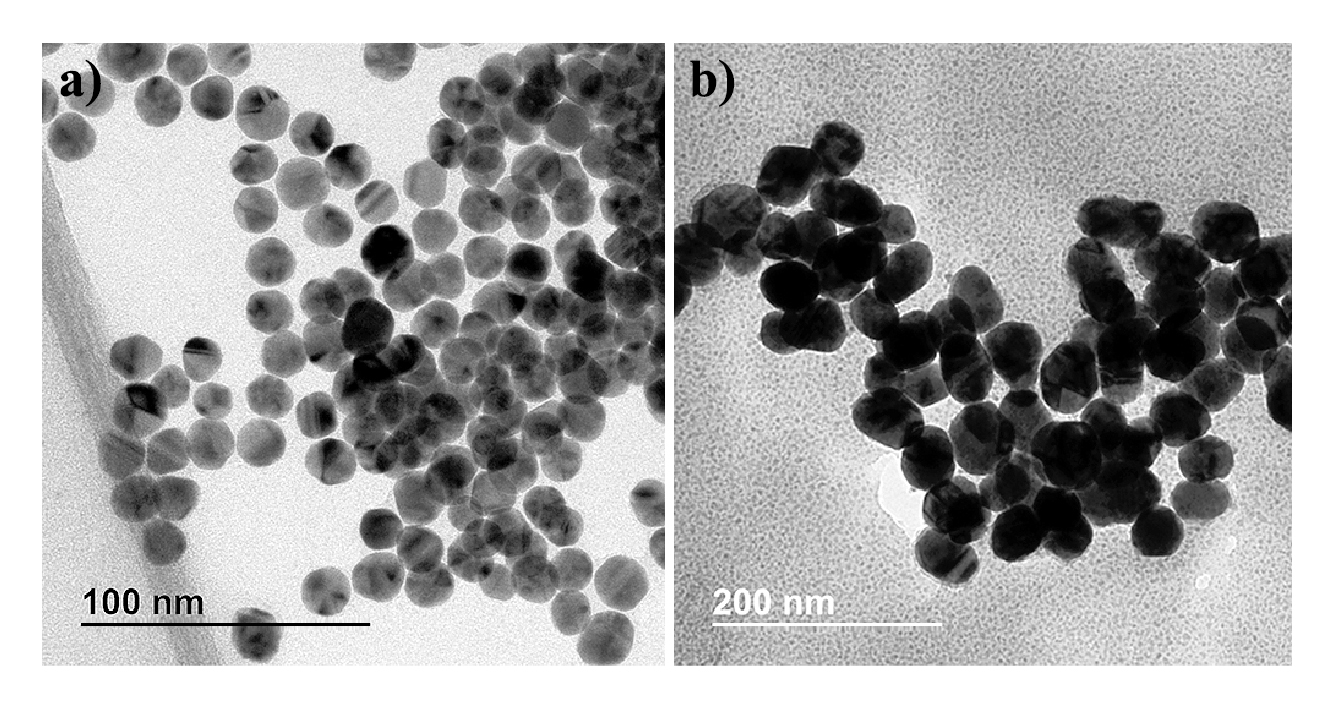KONA Powder and Particle Journal
KONA Powder and Particle Journal is a peer-reviewed, international, interdisciplinary and Diamond open-access journal that publishes articles on powder and particle science and technology.
KONA Powder and Particle Journalは、粉体および微粒子の科学および工学に関する国際学術誌であり、総説(Review Paper)および一般研究論文(Original Research Paper)を掲載し、年1回雑誌を発行するとともに、全ての論文をオンラインで無料公開しております。また、受理された論文は、雑誌の発行前に早期掲載として、J-Stageより論文の閲覧が可能であります。この雑誌は、1983年に創刊され、1991年より、当時のホソカワミクロン株式会社社長の細川益男氏により設立されたホソカワ粉体工学振興財団の活動の一環として刊行されるようになり、アジア・オセアニア、ヨーロッパ、およびアメリカの3つの編集局体制の下で論文の編集が行われています。表紙にある漢字の“粉”は、ホソカワミクロン株式会社創業者の細川永一氏の筆によるものであり、この“粉”の重要性を強調するために雑誌の名前にも”KONA”として加えられております。
もっと読む
KONA Powder and Particle Journalは、粉体および微粒子の科学および工学に関する国際学術誌であり、総説(Review Paper)および一般研究論文(Original Research Paper)を掲載し、年1回雑誌を発行するとともに、全ての論文をオンラインで無料公開しております。また、受理された論文は、雑誌の発行前に早期掲載として、J-Stageより論文の閲覧が可能であります。この雑誌は、1983年に創刊され、1991年より、当時のホソカワミクロン株式会社社長の細川益男氏により設立されたホソカワ粉体工学振興財団の活動の一環として刊行されるようになり、アジア・オセアニア、ヨーロッパ、およびアメリカの3つの編集局体制の下で論文の編集が行われています。表紙にある漢字の“粉”は、ホソカワミクロン株式会社創業者の細川永一氏の筆によるものであり、この“粉”の重要性を強調するために雑誌の名前にも”KONA”として加えられております。
収録数 1,346本
(更新日 2025/08/03)
(更新日 2025/08/03)
Online ISSN : 2187-5537
Print ISSN : 0288-4534
ISSN-L : 0288-4534
Print ISSN : 0288-4534
ISSN-L : 0288-4534
3.2
2024 Journal Impact Factor (JIF)
2024 Journal Impact Factor (JIF)
ジャーナル
査読
オープンアクセス
HTML
早期公開
DOAJ Scopus J-STAGE Data
DOAJ Scopus J-STAGE Data
